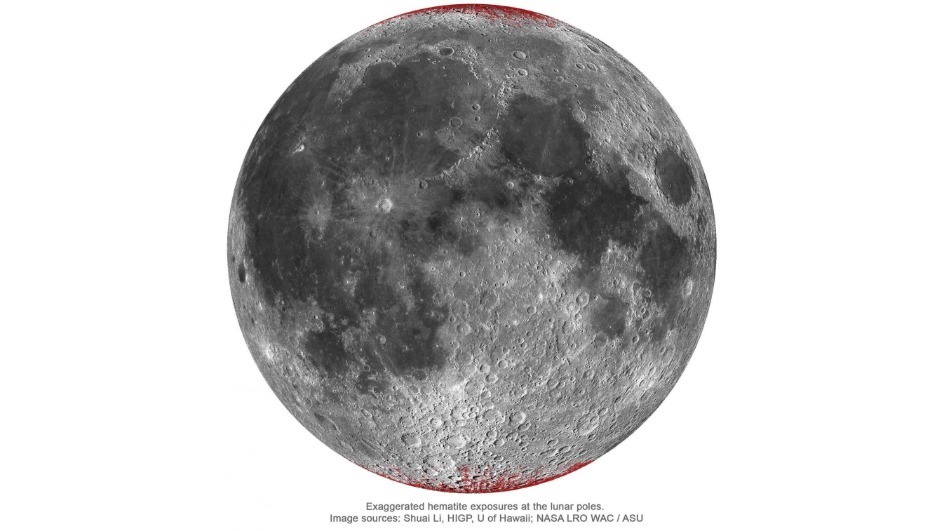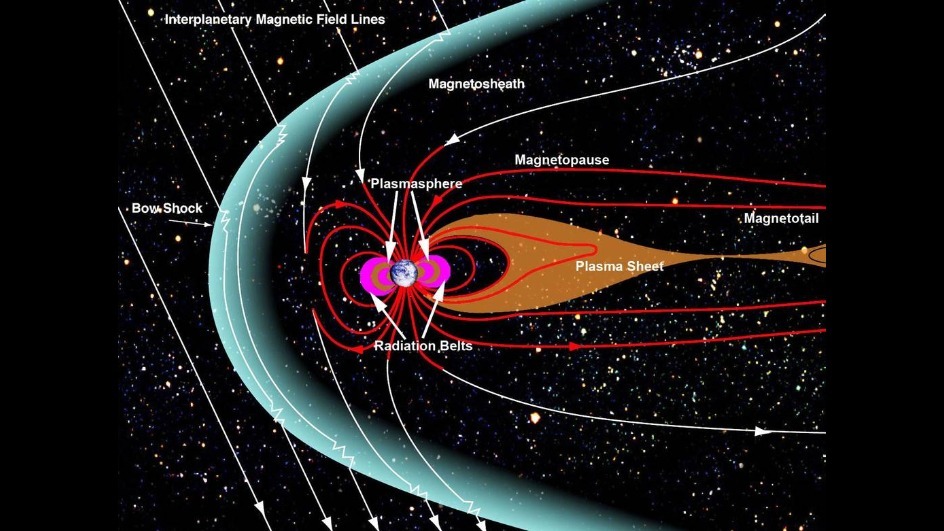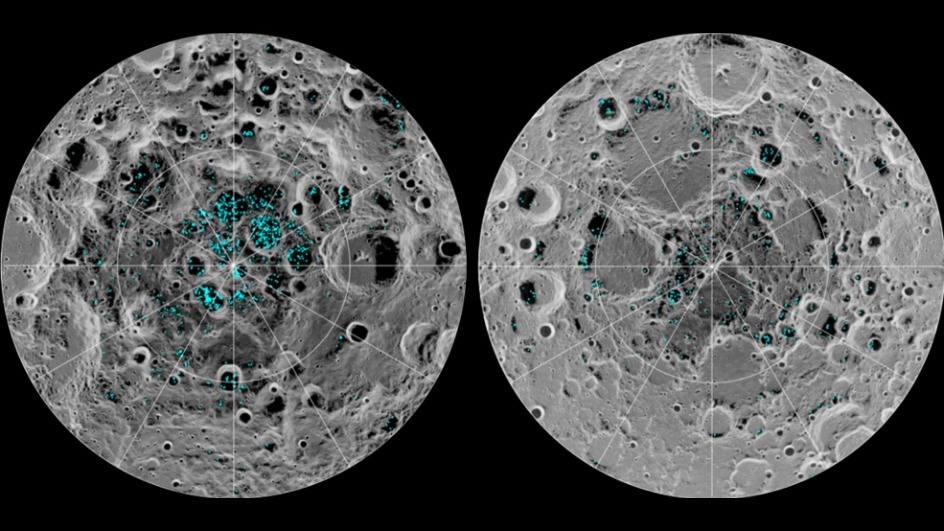ISRO’s #Chandrayaan1 Reveals Rusting of #Moon; Scientists Point at #Earth& #39;s Atmosphere as Possible Cause
https://weather.com/en-IN/india/space/news/2020-09-07-isros-chandrayaan-1-reveals-rusting-of-moon
(https://weather.com/en-IN/ind... class="Emoji" style="height:16px;" src=" https://abs.twimg.com/emoji/v2/... draggable="false" alt="📸" title="Kamera mit Blitz" aria-label="Emoji: Kamera mit Blitz">: Shuai Li)
https://weather.com/en-IN/india/space/news/2020-09-07-isros-chandrayaan-1-reveals-rusting-of-moon
(
Data from the #ISRO has revealed that the Earth’s natural satellite Moon might be rusting. The new research suggests that the moon is turning slightly red, indicating the formation of a reddish-black mineral form of iron named hematite on its surface, particularly at the poles.
The formation of rust or iron oxide can be attributed to the presence of two key elements—water and oxygen—when they come in contact with iron.
#Chandrayaan1 @isro
#Chandrayaan1 @isro
The lunar surface is littered with iron-rich rocks, which may facilitate this chemical reaction when combined with the other two elements. The #Moon does not have any rich source of water and is devoid of #oxygen in its atmosphere.
(Image credit: @NASAGoddard/Aaron Kaase)
(Image credit: @NASAGoddard/Aaron Kaase)
Researchers noticed this phenomenon on the Moon while examining data from the Moon Mineralogy Mapper (M3) instrument onboard ISRO’s Chandrayaan-1 spacecraft. The data obtained from the M3 revealed the Moon& #39;s pole had a different composition as compared to its surface.
Role of #Earth’s atmosphere
For iron to convert into rust it needs oxidizers, which can steal electrons from the iron and thus initiate rust formation. To understand the cause, the team examined the bombarding of hydrogen from the solar wind.
For iron to convert into rust it needs oxidizers, which can steal electrons from the iron and thus initiate rust formation. To understand the cause, the team examined the bombarding of hydrogen from the solar wind.
However, it had the opposite effect since hydrogen is a reducer—which donates electrons instead of taking it. Therefore, solar winds may not be the reason behind rusting on the Moon’s surface.
(Image credit: @NASA)
(Image credit: @NASA)
The airless Moon may lack atmosphere to support the formation of oxygen, but it hosts traces of oxygen that travels from Earth to reach the lunar environment.
#Chandrayaan1 @isro
#Chandrayaan1 @isro
Therefore, researchers say the Earth’s magnetotail—an elongated region of the planet’s magnetosphere—plays a significant role in this change observed over the Moon.
Back in 2007, Japan& #39;s Kaguya orbiter helped scientists discover that oxygen from Earth& #39;s upper atmosphere can travel through magnetotail to the Moon, which is 3,85,00 kilometres away from the Earth.
#Chandrayaan1 @isro
#Chandrayaan1 @isro
Therefore, the terrestrial oxygen can reach the near side of the Moon facing the Earth and this finding means that the oxygen from Earth may be driving the formation of hematite on the lunar surface.
#Chandrayaan1 @isro
#Chandrayaan1 @isro
In addition, the magnetotail interferes with the hydrogen molecules released from the solar wind to reach the Moon atmosphere, which if reached may inhibit this rust formation.
#Chandrayaan1 @isro
#Chandrayaan1 @isro
As per the statement from @NASA, the magnetotail blocks about 99% of the solar winds during certain phases of the Moon& #39;s orbit—specifically in the full Moon phase.
#Chandrayaan1 @isro
#Chandrayaan1 @isro
As per NASA, the Moon is slowly moving away from the Earth for billions of years and getting an inch farther almost every year. “So, it& #39;s also possible that more oxygen hopped across this rift when the two were closer in the ancient past,” added the statement.
Missing clues: presence of water on Moon
By now, scientists were able to decode the presence of oxygen, iron for the rust formation. But one most important element to carry this reaction was still missing i.e., water.
By now, scientists were able to decode the presence of oxygen, iron for the rust formation. But one most important element to carry this reaction was still missing i.e., water.
That’s where the data from Chandrayaan 1 again comes into play. Researchers used the data obtained by the Indian space agency’s maiden Moon mission—which remained functional till August 28, 2009.
The mission is credited with discovering clues of water ice on the poles of the Moon along with mapping out different types of minerals formed on the lunar surface.
Researchers extensively studied the data obtained from the Moon Mineralogy Mapper instrument onboard spacecraft. The presence of water has been only detected on the poles of the lunar surface in the form of frozen water, which remains almost entirely in shadow.
However, this research focused on the water found otherwise in the lunar surface instead of just on the poles as the hematite was discovered far from this frozen ice.
Answering this puzzling question, scientists propose that fast-moving dust particles might initiate the release of surface borne water molecules, thus allowing water to mix with iron.

 Read on Twitter
Read on Twitter




